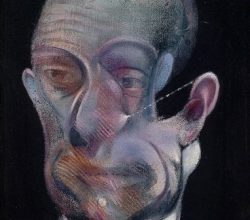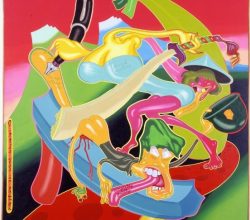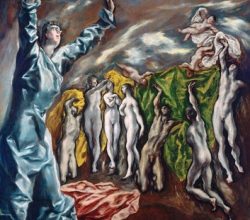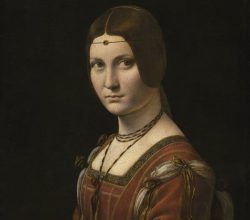
Of pain and poetry: how Francis Bacon drew inspiration from Greek drama and TS Eliot
Jackie Wullschlager | ft.com | 12th September 2019
A “stupendous” exhibition. Bacon felt he deserved to be Picasso’s equal. A 1971 exhibition in Paris had hugely elevated his international reputation. Where to from there? Unhappy in his personal life, Bacon wanted to express “the vulnerability of the human situation”. And he did, in visceral, confronting terms. Little surprise that a favourite quotation of this most “pitiless” artist was “the reek of human blood smiles out at me”.



